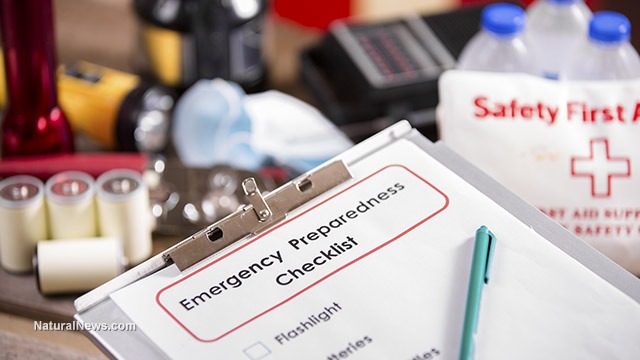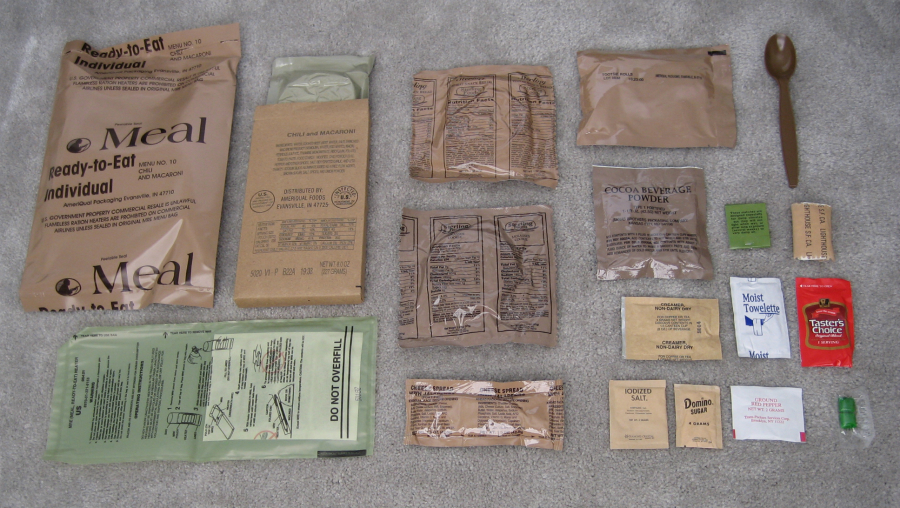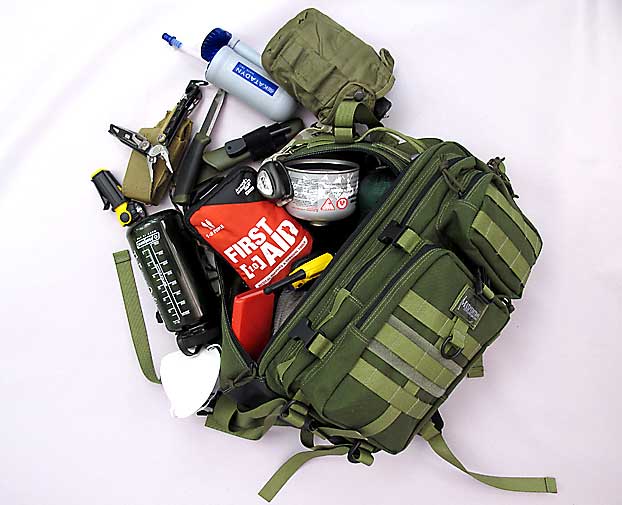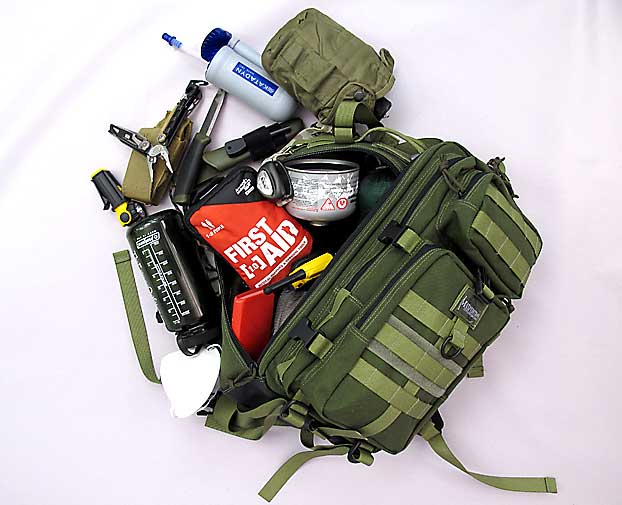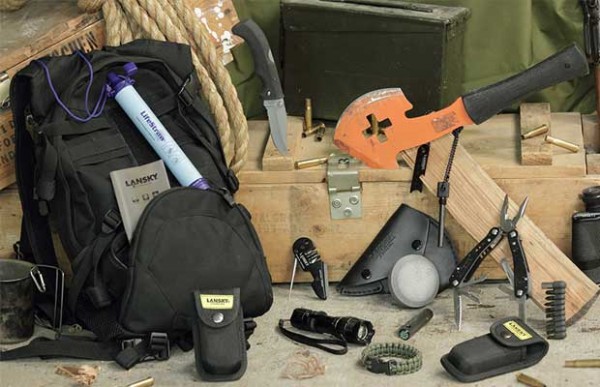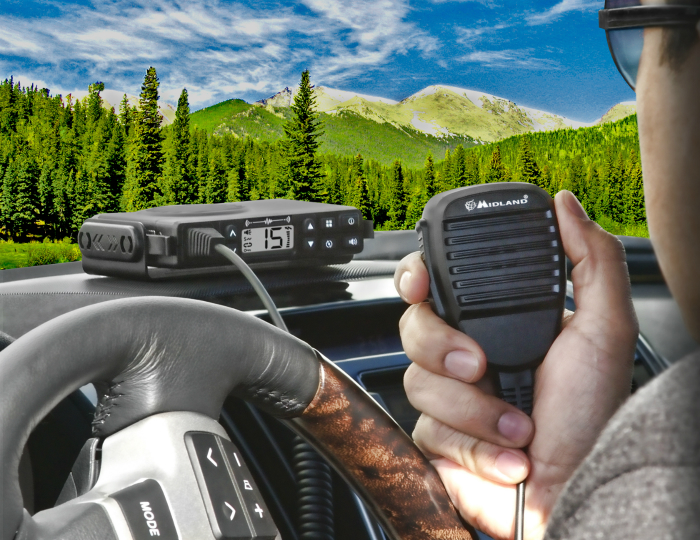Emergency preparedness: Designing a natural disaster-proof home
08/30/2021 / By Zoey Sky
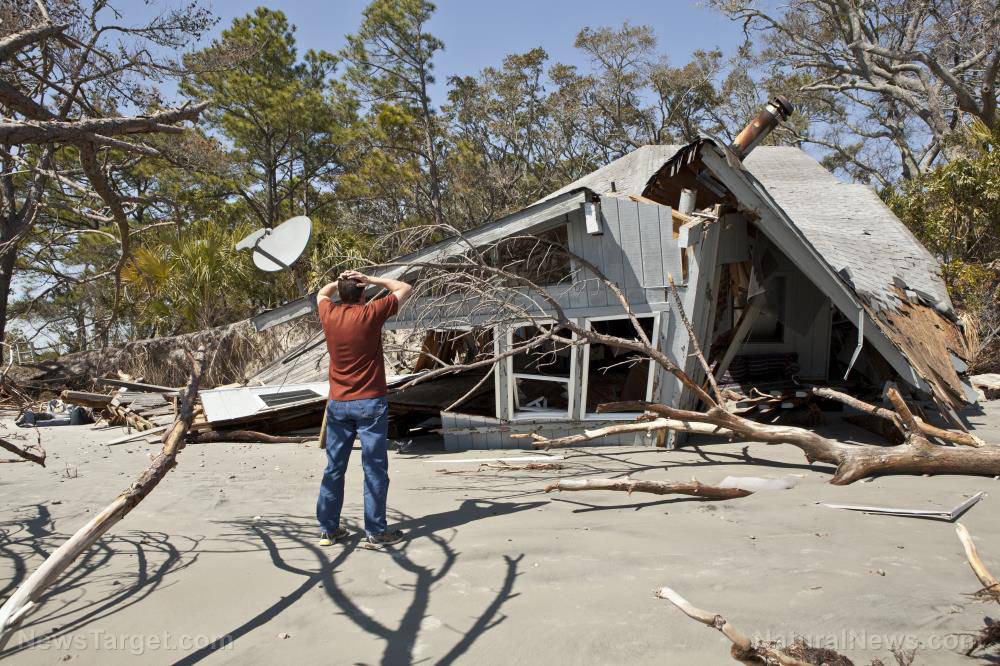
Designing a natural disaster-proof home is key to surviving if and when SHTF. If you already have a home and have no plans to move anytime soon, you can also make changes to your property to ensure that it can withstand natural disasters that are common in your area.
Don’t wait until it’s too late to make your home natural disaster proof. (h/t to TheOrganicPrepper.com)
Planning and constructing a natural disaster-resistant home
The geographical region you live in may be associated with certain kinds of natural disasters. In addition, some areas are vulnerable to several disasters.
If you are planning to move, plan and build a natural disaster-resistant home before SHTF to protect your loved ones and your property.
Constructing a disaster-resistant home requires careful planning. Unless you know how to build a home with your own hands, you need to work with an architect and construction firm with experience designing disaster-resistant buildings.
Investing in a disaster-proof home is worth every dollar for increased safety. (Related: There are five levels of preppers… which one are you?)
Below are tips for building your home to resist natural disasters, whether your area is prone to flooding, earthquakes, hurricanes, fires or super cold weather.
Designing an earthquake-proof home
To make your home earthquake-resistant, build it using a reinforced foundation, lightweight construction materials and materials designed to absorb seismic shock waves.
Bamboo, steel, wood and polymers designed to promote strength and ductility are ideal construction materials for earthquake-prone locations. When designing your home, aim for structurally sound geometry like square or rectangular layouts.
Prepare for earthquakes by installing break-away shut-off valves for gas appliances and secure water heaters to the wall. Always anchor heavy furnishings like bookcases to the walls. Use locking devices or strong latches on cabinets.
Prep earthquake safety kits or bug-out bags (BOB) with the following items:
- Batteries
- A change of clothing
- Fire extinguisher
- First-aid kit
- Flashlight
- Food
- Mini water filter
- Portable radio
- Solar lantern
- Toiletry kit
- Water
To retrofit your home, bolster the foundation-to-frame connection and install wall bracing.
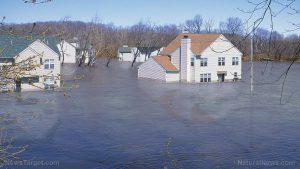
Designing a flood-proof home
To make your home flood-resistant, prioritize elevation. This is crucial especially for the home’s foundation and basement or lower story, which is at risk for water damage during a flood.
When designing a flood-resistant home, consider using construction materials such as: ceramic tile, concrete, marine-grade plywood, or waterproof membranes.
Use flood walls around your home’s perimeter and a floating home design for your home if possible. You should also design your home using top-of-wall power outlets and sewage backflow valves. Prepare for flooding by getting flood insurance coverage.
If you live in a flooding-prone area, your BOB should contain the usual survival items in waterproof containers, rain gear and tarps.
To retrofit a flood-proof home, consider dry flood-proofing or sealing the exterior walls or levee construction.
Designing a blizzard-proof home
When designing a house for a cold climate, your home should be able to endure heavy snows and blizzards. Prioritize insulation, plumbing and roofing.
Use construction materials ideal for blizzard conditions like double-paned windows, spray foam insulation and vinyl siding.
Try a layout that utilizes a sloped roof that will prevent snow from accumulating. Install large south-facing windows to capture more natural heat when the weather is cold.
Prepare for a blizzard by getting a wood-burning stove and plenty of firewood. You should also stock up on at least one week’s worth of food and water.
In case of a long-term power outage, prepare a generator and fuel along with warm blankets and clothing. Your BOB should include the usual items as well as shovels, a snow-blower, warm clothing and de-icing salt.
Retrofit a blizzard-proof home by installing pipe insulation to prevent freezing. Also consider providing cover for entrances so they don’t get blocked by snow. Finally, get a snow-melting system for your walkways and driveway.

Designing a hurricane-proof home
It’s impossible to make a home totally hurricane-proof, but taking precautions before SHTF will help minimize possible hurricane damage by reinforcing structural elements like your walls and roof.
Use strong framing materials like fiber-cement siding, pressure-treated timber that won’t rot if exposed to rain, steel and wind-resistant roofing. Go with a house layout with raised electrical outlets that are at least one foot above baseboards. You should also have impact-resistant windows and doors, sewage backflow valves and PVC shutter systems.
Prepare for a hurricane by barricading windows with a shutter system or plywood. Before SHTF, prepare BOBs for the whole family, stock up on food and water in watertight containers.
To retrofit a hurricane-resistant home, use waterproof membranes or rain-screen systems and get additional fastenings for roofing and gutters.
Designing a wildfire-proof home
When designing a wildfire-resistant home, choose a location that’s spacious and far from combustible materials like wooded areas and other houses. Tell builders to use non-igniting materials for roofs.
Use construction materials like fireproof concrete blocks, stucco and rock or brick for the exterior. When designing your home, choose a location at least 100 feet away from combustible materials.
Utilize driveways, patios, or pavement to protect your house from encroaching flames. You should also have a tile roof and ember-resistant exteriors, along with a sprinkler system around the perimeter of your property.
Prepare for a wildfire by blocking louvers and vents. When a wildfire is approaching, remove combustible debris in gutters and around your house.
Before SHTF, stock up on supplies. Prepare a copy of important documents in your BOB and an emergency plan if you have to evacuate.
Retrofit a wildfire-proof home by installing fire-resistant landscaping like gravel. You can also grow fire-retardant plants like rock rose and sumac.
Install roll-down fire-resistant metal screens for your doors and windows. Regularly clear the area around your home to create an ember-resistant zone around the perimeter. This will reduce the chances of your property going up in flames, especially if you have gasoline and other ignitable materials in the area.
Design a natural disaster-proof home to protect your loved ones during a survival scenario. If you plan to bug in when SHTF, make the necessary changes to ensure that your home can withstand natural disasters that are common in your area.
Sources include:
Tagged Under: disaster, disaster preparedness, disaster-proof homes, emergency preparedness, Homestead, homesteading, Hurricanes, natural disaster, natural disasters, off grid, preparedness, prepper, prepping, prepping tips, SHTF, survival, Survival Tips, survivalist
RECENT NEWS & ARTICLES
COPYRIGHT © 2017 GEAR.NEWS
All content posted on this site is protected under Free Speech. Gear.news is not responsible for content written by contributing authors. The information on this site is provided for educational and entertainment purposes only. It is not intended as a substitute for professional advice of any kind. Gear.news assumes no responsibility for the use or misuse of this material. All trademarks, registered trademarks and service marks mentioned on this site are the property of their respective owners.


